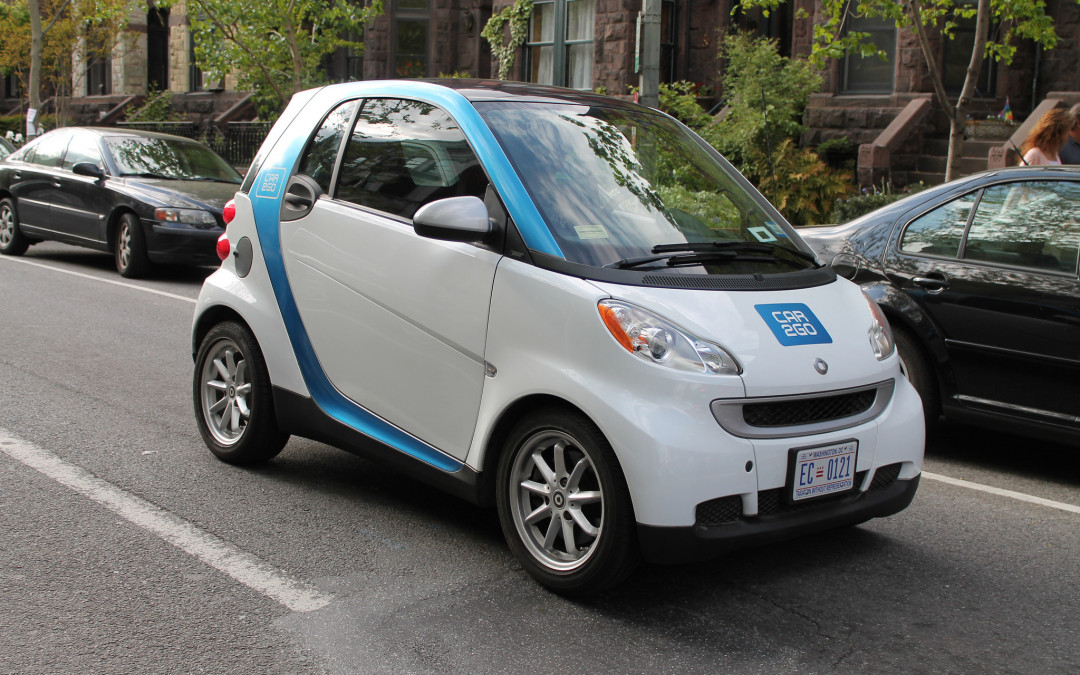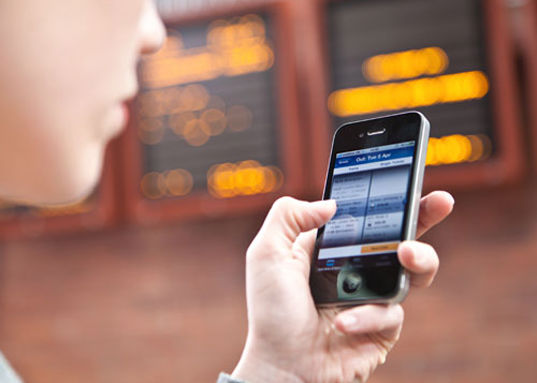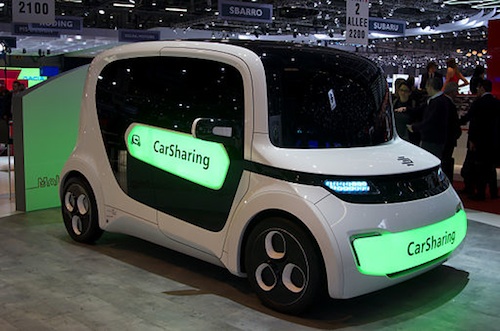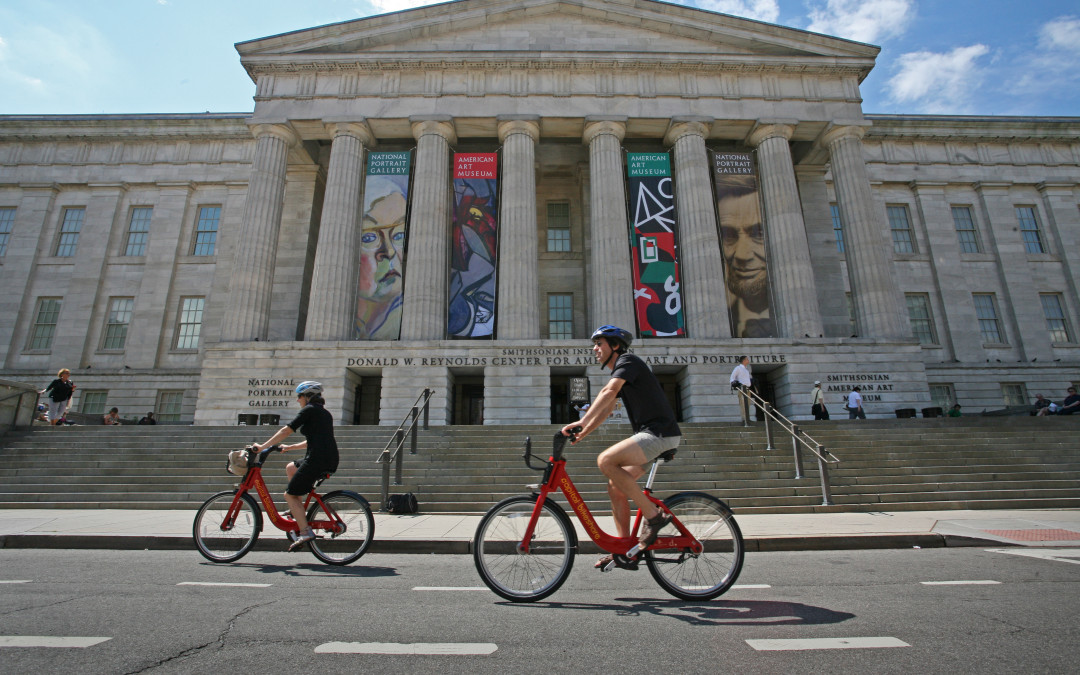
by mattchristensen00 | Mar 19, 2015 |
By Brigham Yen In recent years, the City of Los Angeles has made vast improvements to our transportation infrastructure. Still, when I’m inching along in heavy traffic, I think to myself that we cannot continue to spend our best days like this. Traffic wastes time, hurts our environment, and is taking a huge toll on our local economy: Congestion cost our region $23 billion in 2013, according to a report by the traffic information provider Inrix. Angelenos deserve to spend more of their time enjoying this vibrant, multi-faceted city, and desperately need easier access to booming parts of the city like Downtown L.A. We are ready and anxious for fresh transportation alternatives. The L.A. City Council has recognized this need, and it voted in November 2014 to launch a modest pilot program to establish one transportation alternative that’s growing in popularity: carsharing. To read the full article, click...

by mattchristensen00 | Mar 17, 2015 |
By Susan Shaheen, PhD, and Nelson Chan Shared-use mobility includes carsharing, personal vehicle sharing (or peer-to-peer (P2P) carsharing), bikesharing, scooter sharing, shuttle services, ridesharing, and on-demand ride services. It can also include commercial delivery vehicles providing flexible goods movement. Shared-use mobility has had a transformative impact on many global cities by enhancing transportation accessibility while simultaneously reducing ownership of personal automobiles. In the context of carsharing and bikesharing, vehicles and bicycles are typically unattended, concentrated in a network of locations where the transaction of checking out a vehicle or bicycles is facilitated through information technology (IT) and other technological innovations. Usually, carsharing and bikesharing operators are responsible for the cost of maintenance, storage, parking, and insurance/fuel (if applicable). In the context of classic ridesharing (carpooling and vanpooling) and on-demand ride services, such as transportation network companies (TNCs), many of these providers employ IT to facilitate the matching of riders and drivers for trip making. To download the full report, click here....

by mattchristensen00 | Mar 11, 2015 |
By Cody Fenwick Stroll into any old car rental business and you’ll wait in line, talk to an employee, fill out paperwork, and wait for the staff to pull the car around before you get the keys. Though this model persisted for decades, an increasing demand for alternatives to car ownership has inspired a proliferation of models for car sharingthat are much more flexible and convenient. People turn away from traditional car ownership for various reasons, citing concerns about cost, environment, availability of parking, and more. BTR spoke to Susan Shaheen, Co-Director of the Transportation Sustainability Research Center (TSRC), about the growth of car sharing options. “By not having fixed costs associated with auto ownership in your transportation expenditures, [it] liberates an individual to take trips the way that fits their schedule and their choice the best,” she explains. Shaheen describes four main types of car sharing: 1. Round trip: The most familiar form of car sharing, with the most similarities to traditional car rental. Customers typically pay a company by the hour to use a car, with the cost of insurance, fuel, maintenance, etc., included in the price. Zipcar is a an example. 2. One-way: A customer may use a car without having to return it to its original location. One-way models typically charge by the minute and may employ designated parking spaces in a variety of locations or simply use whatever parking is publicly available. Zipcar hopes to soon offer this kind of service, but DriveNowcurrently offers it. 3. Peer-to-peer: Individuals contribute their personal cars to a fleet managed by a third party, which connects customers to...

by mattchristensen00 | Mar 2, 2015 |
Traffic sucks. Even the Department of Transportation thinks so. Someday in the not too distant future–think somewhere between Uber picking you up when you’re drunk and the arrival of super fast self-driving cars–your commute might be very different. Last week, IT company Cisco announced they’re selling a new suite of technologies that could improve traffic and car safety. One of the major components of their technology is increased vehicle-to-vehicle (V2V) communication. “Think of it as vehicles that are talking to each other,” says Susan Shaheen, a transportation engineer at the University of California, Berkeley, who was not involved in Cisco’s project. Vehicles equipped with V2V technology can exchange information with similarly equipped cars, including their speed and location, hopefully making traffic move more smoothly, and preventing accidents caused by human error. Cisco’s group of technologies (including cameras, routers, and transmission devices) provide a way to integrate the V2V technologies that auto companies like GM are working on, to help them connect to each other and eventually to city infrastructure. But what does it mean for you? Let’s take a look at a day in the life of your future self…or at least the parts you’ll spend in your car. To read the full article, click...

by mattchristensen00 | Feb 20, 2015 |
This workshop was sponsored by the Emerging and Innovative Public Transport and Technologies Committee (AP020); Shared-Use Mobility and Public Transit Subcommittee (AP020(1)); Emerging Ridesharing Solutions Joint Subcommittee (AP020(2)); Automated Transit Systems (AP040) Committee of the Transportation Research Board of the National Academies — Prepared by Susan Shaheen, PhD and Matthew Christensen, Transportation Sustainability Research Center, University of California, Berkeley On Sunday, January 11, 2015, Professor Susan Shaheen from the University of California, Berkeley and Jeffrey Chernick from RideAmigos led a one-day workshop on the present and future of shared-use mobility at the Transportation Research Board annual meeting in Washington, DC. The workshop featured speakers representing the various shared-use modes, other private sector representatives, and public sector officials, and many topics were discussed. Some of the highlights included: the role of integrated mobile payment; the need to integrate shared ride services with paratransit to increase its benefits; and autonomous vehicle technologies in the future of shared-use mobility. Public-private partnerships are critical to the future of transportation, and collaboration among different groups will be key to the development of effective mobility systems. In the opening session, Highlights from the Innovation in Mobility Public Policy Summit (IMPPS), Jason Pavluchuk from Pavluchuk & Associates recapped the key points from the IMPPS that was held in June 2014 in Washington, DC. More than 250 people attended the summit, which focused primarily on federal and local policy, and industry innovation. It was noted that while innovation moves more quickly than policy, some cities are beginning to develop frameworks to better manage innovation. On a national scale, Pavluchuk described that federal policy and capital programs have not...






